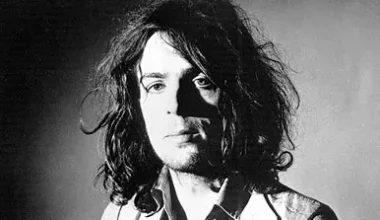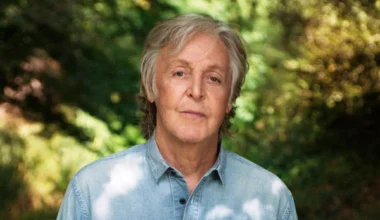They may be related. But rock ‘n’ roll and rock music are very distinct entities. Emerging from the blues and R&B, the former is a paternal ancestor of the latter and includes pioneers such as Chuck Berry, Little Richard, and Elvis Presley. They were instrumental in the later genre of rock that emerged.
However, rock as a whole has a very different complexion. It was with it serving as an umbrella term for a variety of offshoots. Some of it may be deeply bluesy, from Alice in Chains’ grunge to Sleep’s stoner metal. But much of it is not, such as Deftones’ alternative metal or Slint’s boundary-pushing post-rock.
Electric guitars and loud music may connect rock ‘n’ roll to rock music. But there is much that distinguishes the two. This appears to be something that only the old guard fully understands. They were present when rock ‘n’ roll first blew across the Atlantic and swept up the world. As well as when it gave birth to the diverse beasts that exist today as a result of significant developments enacted in the 1960s. It was by the Beatles, The Who, The Rolling Stones, Jimi Hendrix, and many others.
The music of the 1960s was inextricably linked to the 1950s rock ‘n’ roll that had inspired them as children. It was with The Beatles covering Chuck Berry and acknowledging his influence. The Rolling Stones remain deeply rooted in blues and R&B to this day, and Hendrix openly cites B.B. King and Albert King as his favorite axemen. Pioneers like these provided the blueprint for the 1960s’ most eminent innovators. They did so to work on and move culture and music into a much more experimental future. It was with many notable forms. Not just rock ‘n’ roll, big bands, and orchestral as in the 1950s.
One band that formed off the back of the tremendous artistic leaps of the 1960s was AC/DC. Rock ‘n’ roll purists, the band always sought to take music back to the grooving form that had inspired them as children. It was with early performances including covers of Berry, The Beatles, and The Rolling Stones, as well as older, more traditional blues standards.
With in-house guitar hero Angus Young openly criticizing Berry and naming him, Little Richard, and Jerry Lee Lewis among his all-time favorite musicians, it’s clear how well-versed in rock ‘n’ roll they are. This, combined with the musical essence of classics such as ‘You Shook Me (All Night Long)’ and ‘It’s a Long Way to the Top,’ which openly mentions “rock ‘n’ roll” several times. It firmly establishes the group as rock ‘n’ rollers rather than just another rock band.
Malcolm Young, the band’s late rhythm guitarist, agreed with this on the 2001 album Lola da Musica. He even claimed that his band and the Rolling Stones were the only two active outfits that could be defined as rock ‘n’ roll.
He stated: “There are very few rock ‘n’ roll bands. There are rock bands, metal bands, and other types of bands, but there are no rock ‘n’ roll bands. There’s The Stones and us. And their sound is completely different from ours. So we aim in an area that’s going back in time. It was with the sound still being what the old analog sounds were, so we tried to keep that, and the sounds are bigger than digital.”
When asked what the difference between rock ‘n’ roll and rock is, Young correctly stated that it is a matter of feel and a swung groove. Showing the distinction between beats by emphasizing the traditional hi-hat and snare combination in both genres. He said: “Well, rock bands don’t swing. Rock ‘n’ roll has a swing… you know a lot of rock’s not got that swing in the hi-hat”. Listening to a rocking highlight such as Nirvana’s ‘Smells Like Teen Spirit’ and the verse section of AC/DC’s ‘Whole Lotta Rosie’. You can start to understand what he means; they move differently.
Young concluded, “(They) become stiff, they don’t understand the feel, the movement, the jungle of it all.” It is a feeling.
Rock ‘n’ roll, whether performed by Berry, Presley, or AC/DC, has always been about groove. From bluesy licks and pentatonic scales to hi-hat swing, there has always been a definitive checklist that qualifies an act for the genre, not just the quiffs and suits of the past. Although they are distantly related, rock ‘n’ roll and modern rock differ greatly in terms of time, context, and approach. Simply put, there is almost nothing that connects AC/DC to someone like Yungblud.








